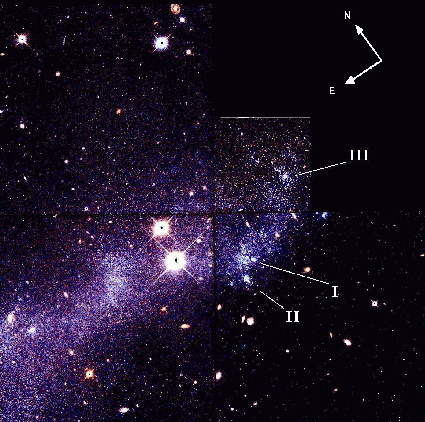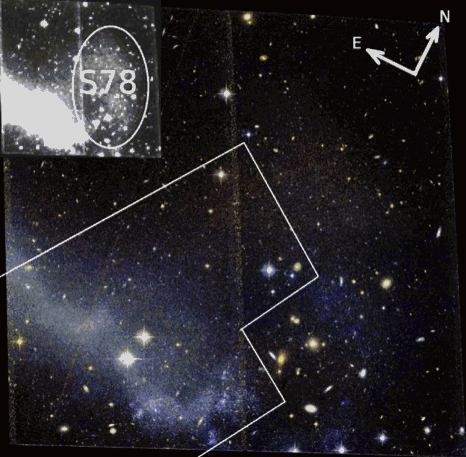

The Antennae galaxies are the closest example of an ongoing major galaxy merger, and thereby represent a unique laboratory for furthering the understanding of the formation of exotic objects (e.g., tidal dwarf galaxies, ultra-luminous X-ray sources, super-stellar clusters, etc). In a previous paper HST/WFPC2 observations were used to demonstrate that the Antennae system might be at a distance considerably less than that conventionally assumed in the literature. Here we report new, much deeper HST/ACS imaging that resolves the composite stellar populations, and most importantly, reveals a well-defined red giant branch. The tip of this red giant branch (TRGB) is unambiguously detected at Io(TRGB)=26.65 +/- 0.09 mag. Adopting the most recent calibration of the luminosity of the TRGB then yields a distance modulus for the Antennae of (m-M)o= 30.62 +/- 0.17 corresponding to a distance of 13.3 +/- 1.0 Mpc. This is consistent with our earlier result, once the different calibrations for the standard candle are considered. We briefly discuss the implications of this now well determined shorter distance.